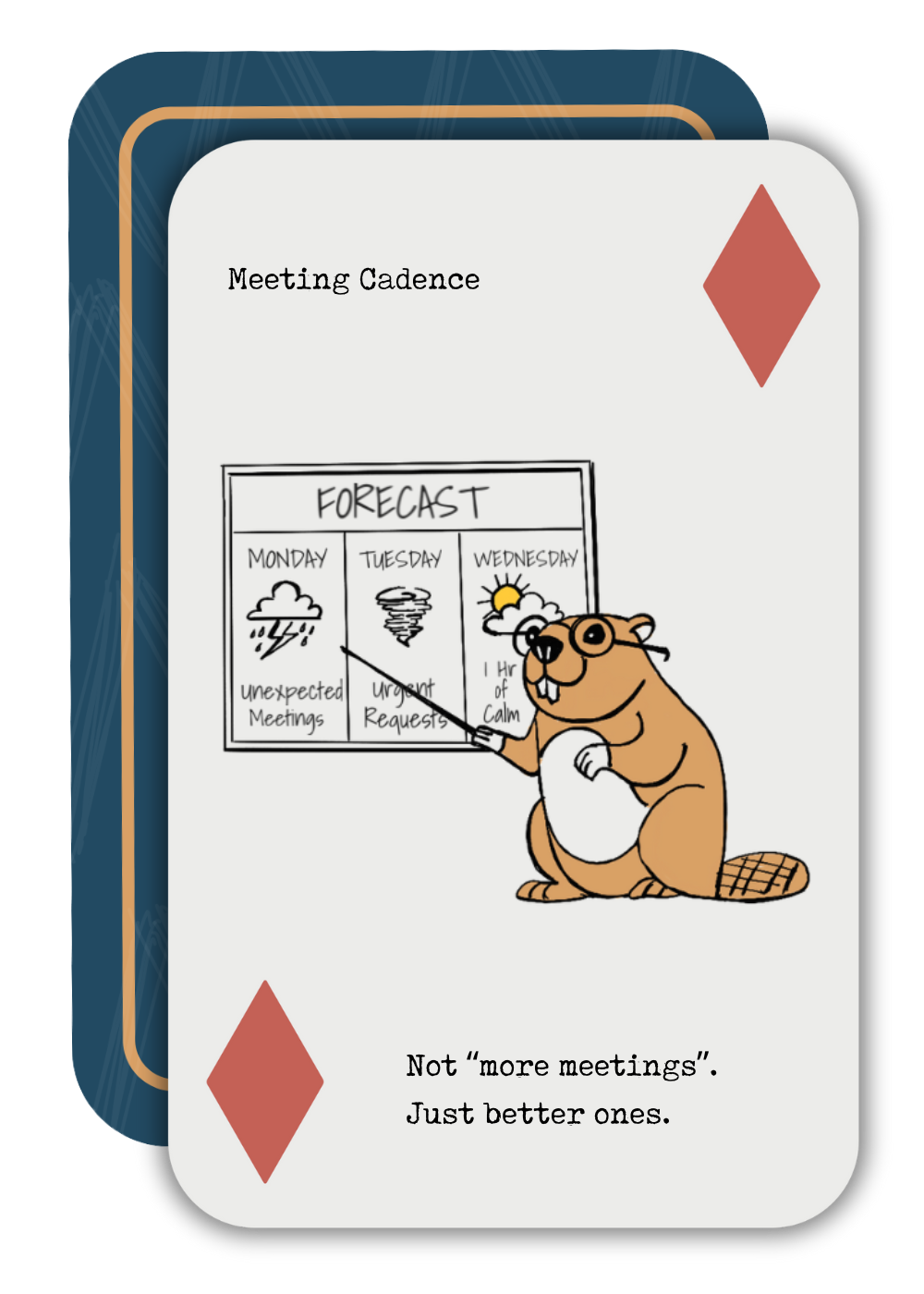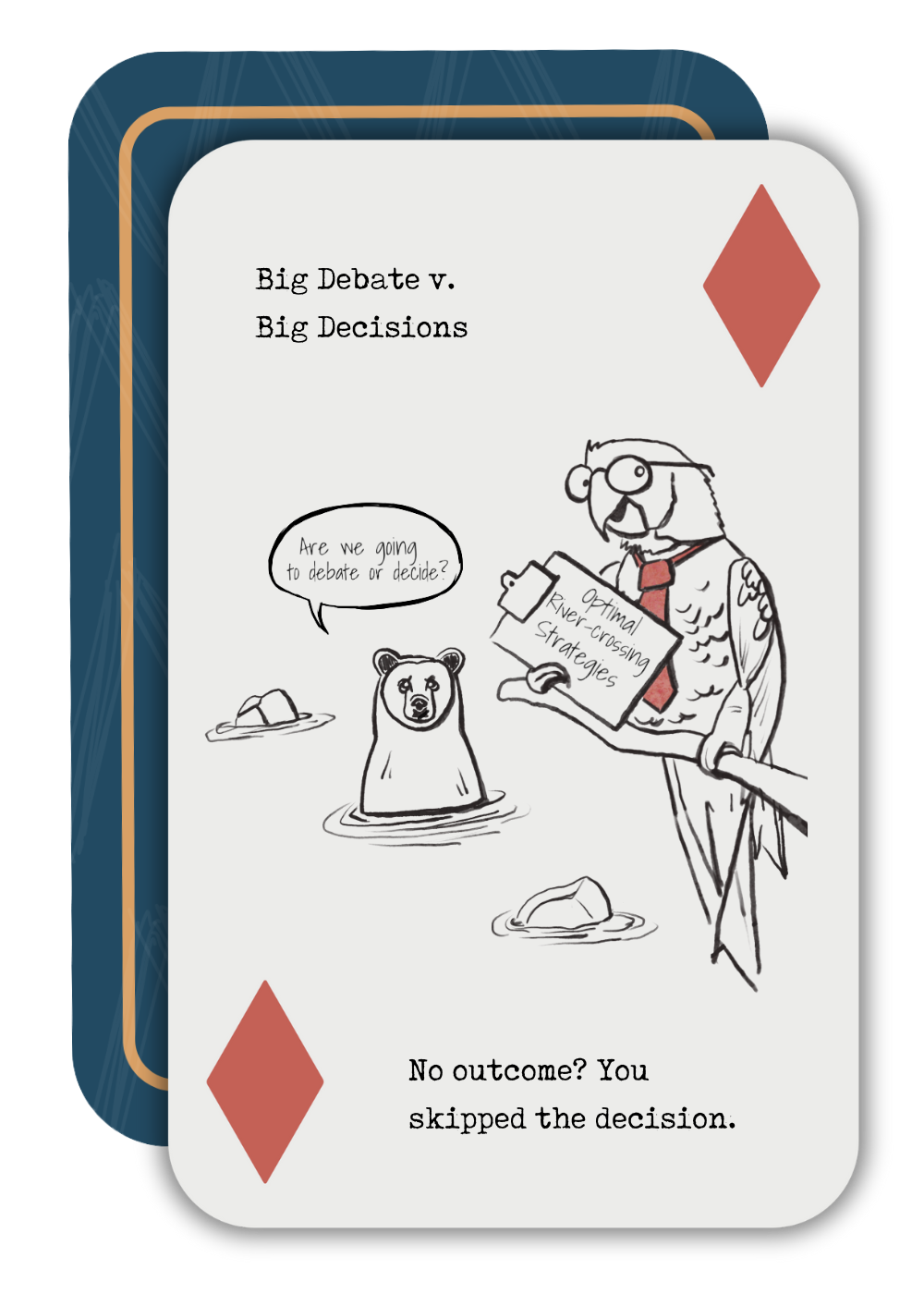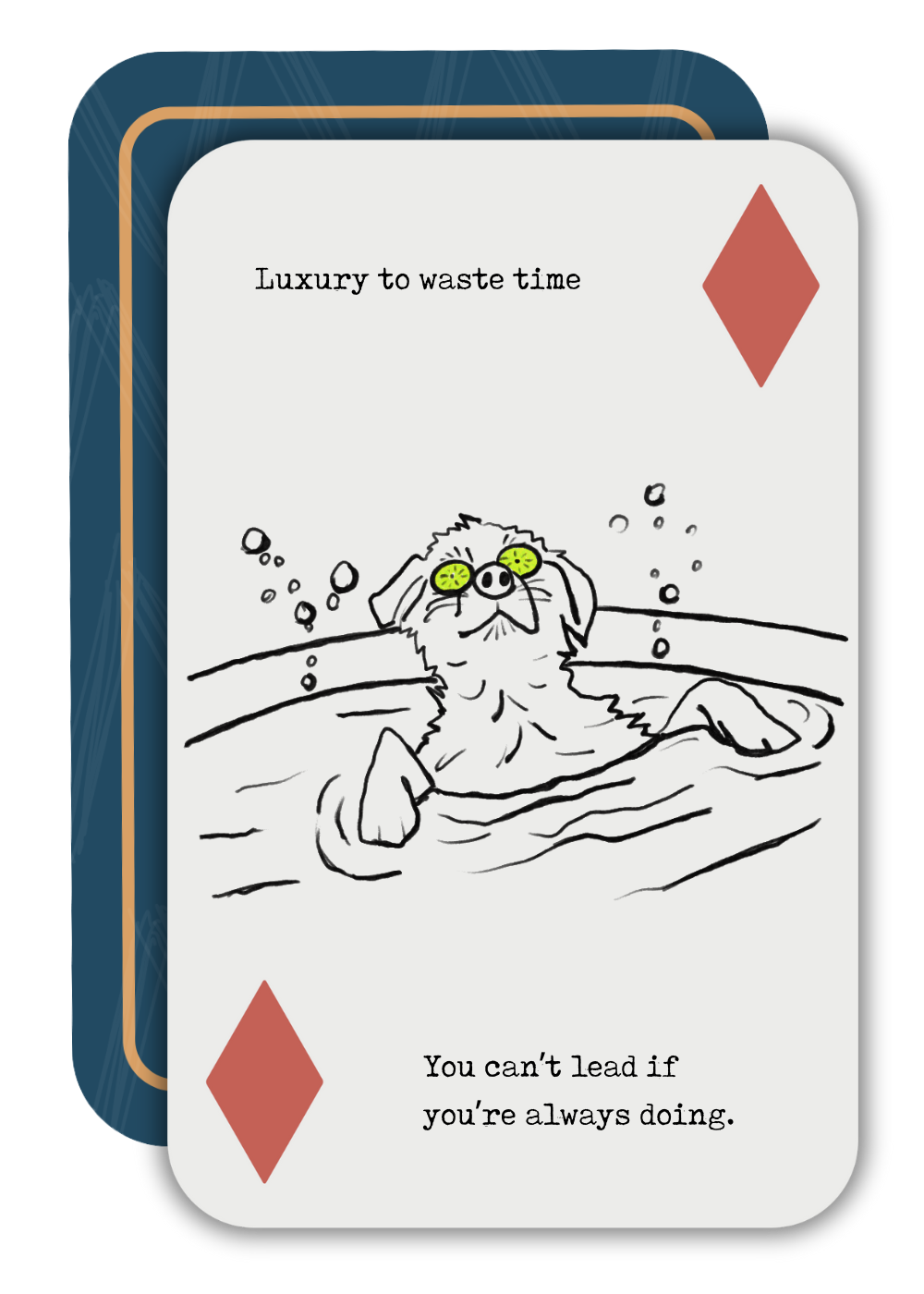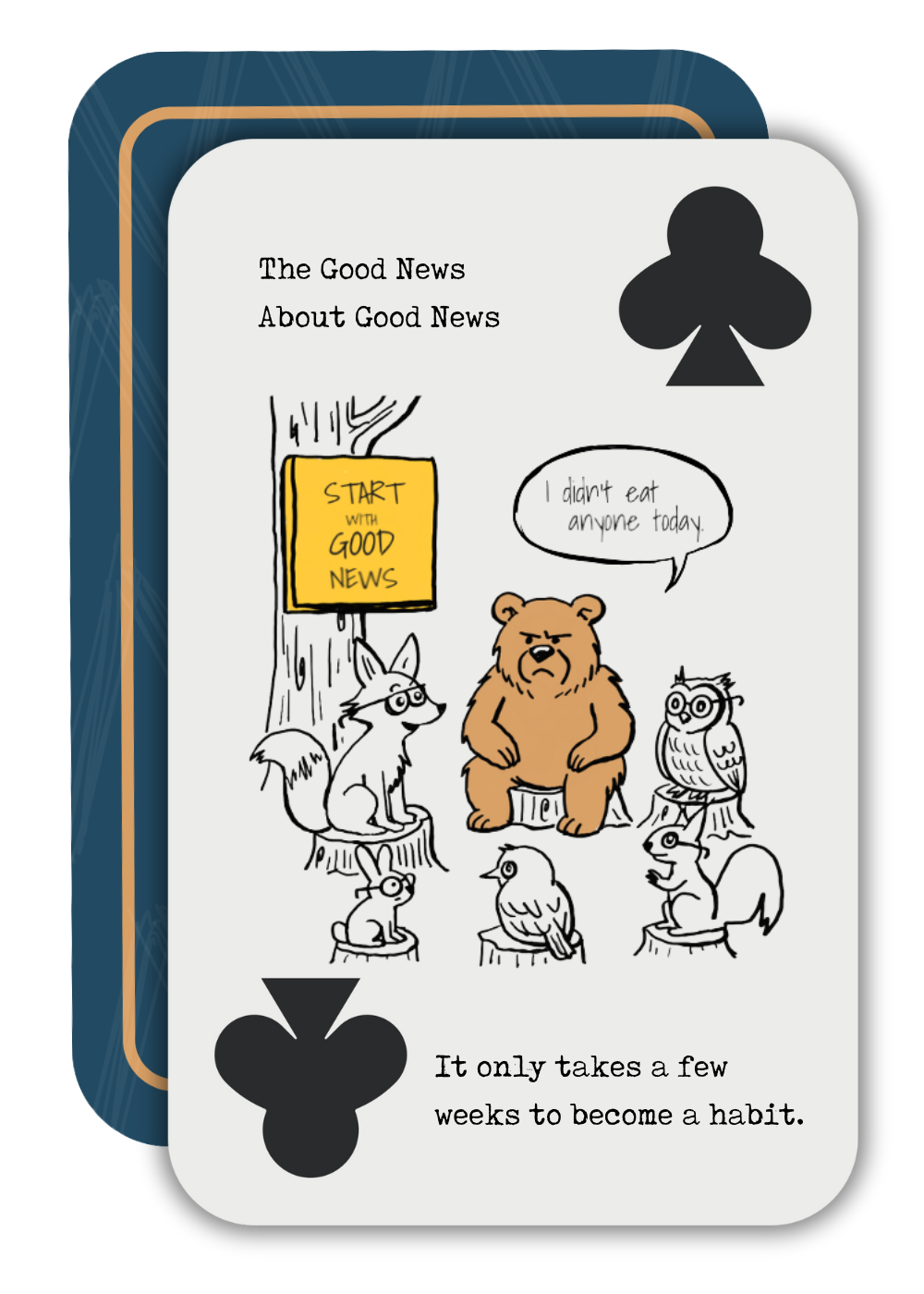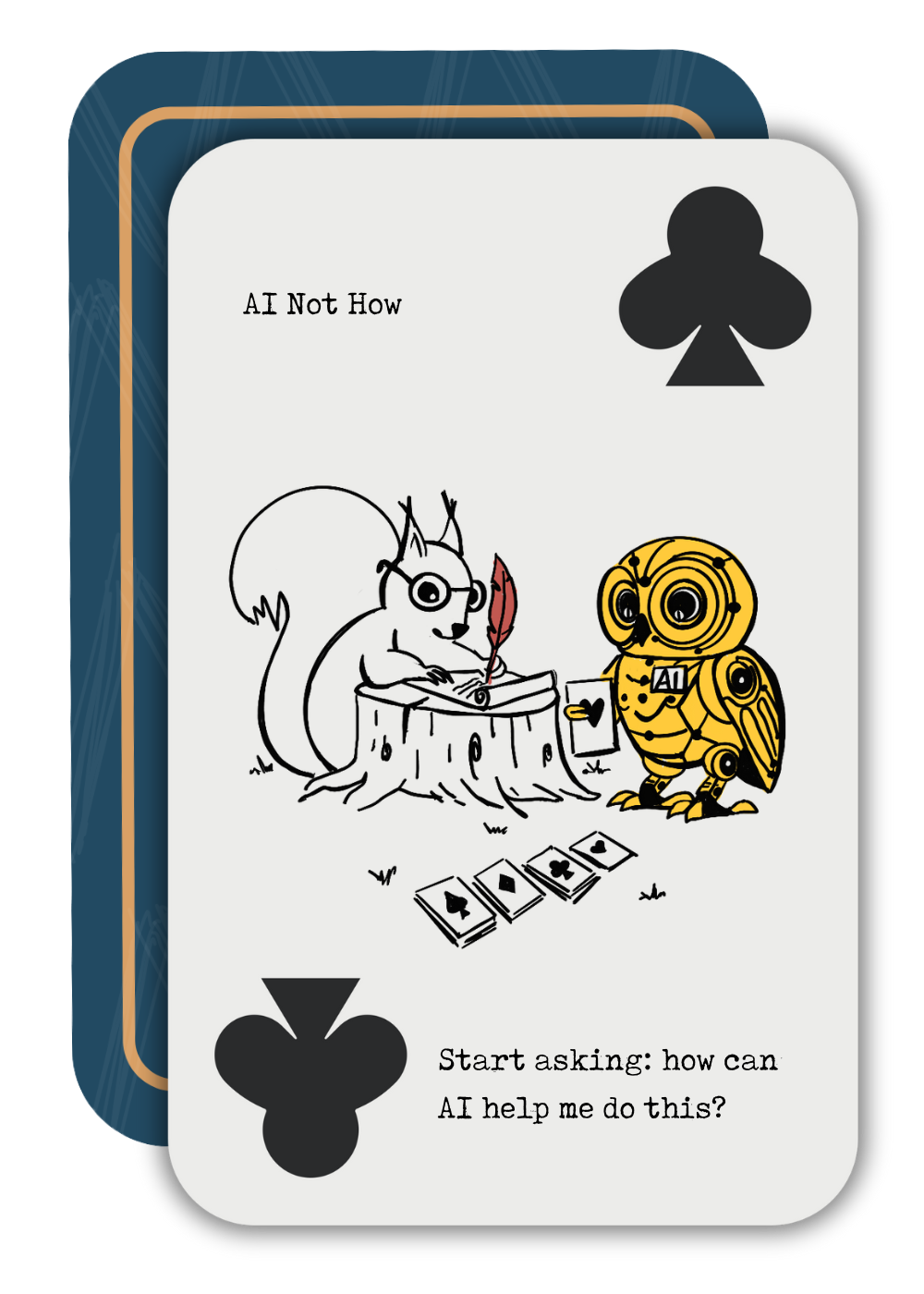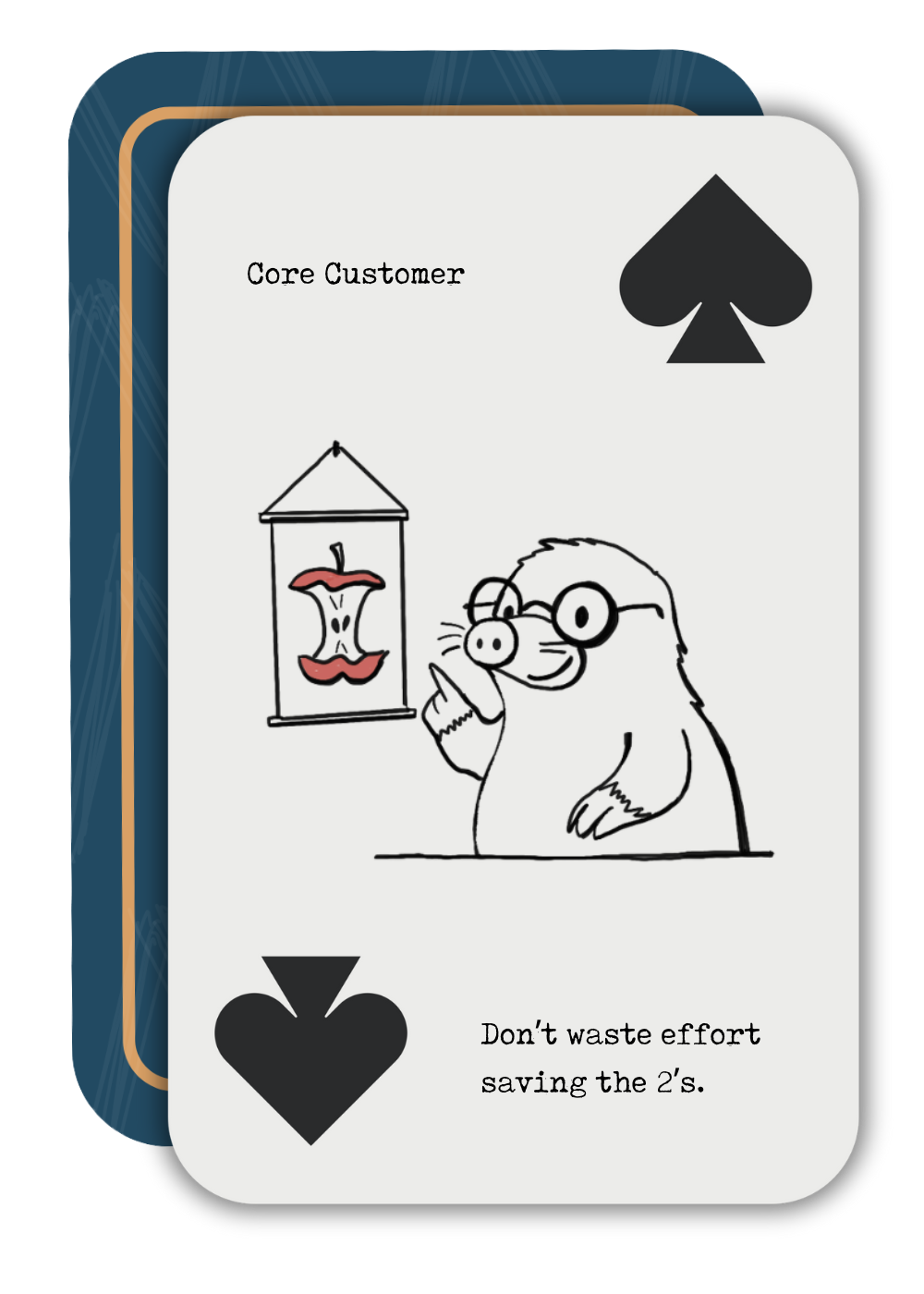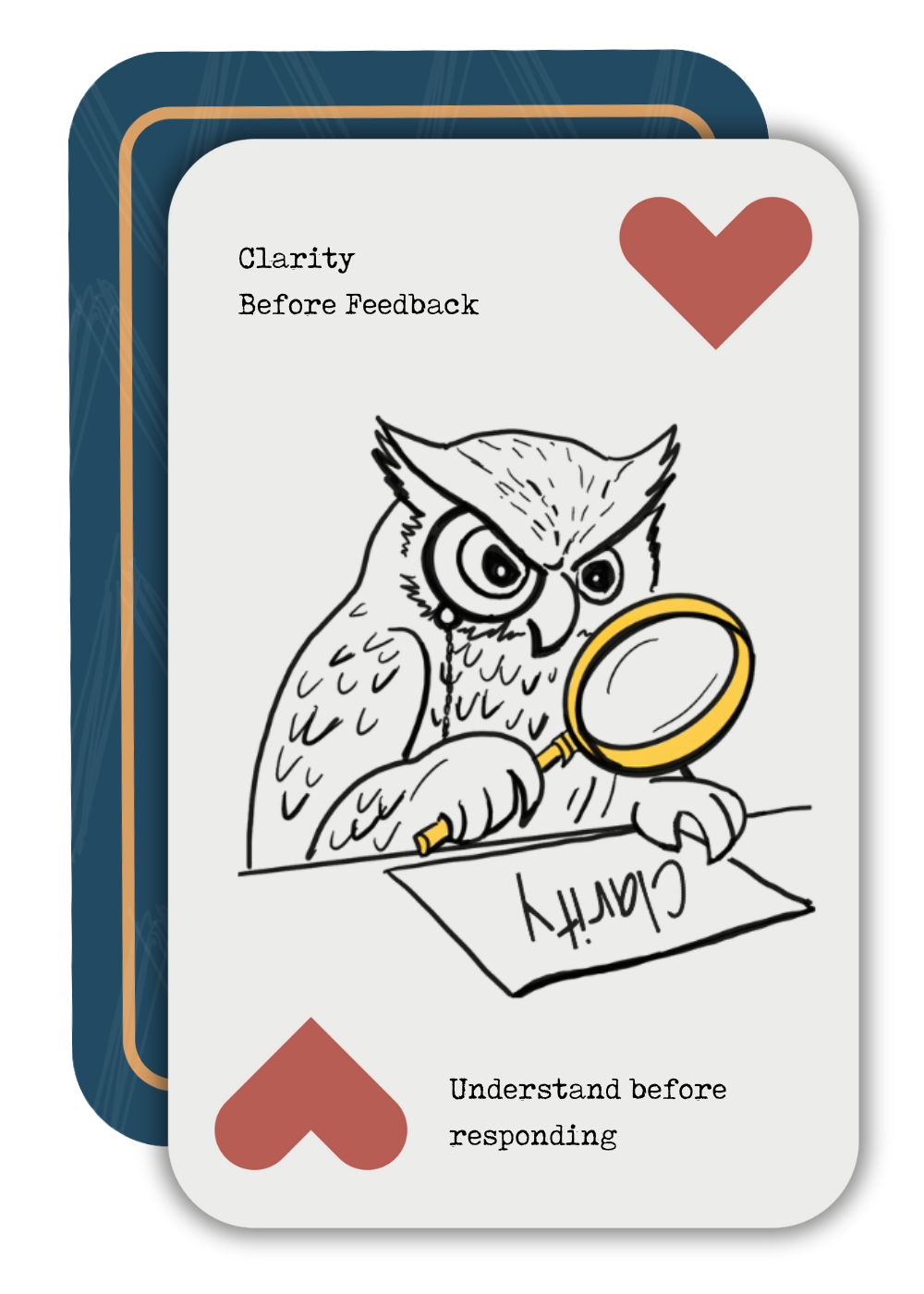How much time do you spend in meetings instead of “doing work”?
Newsflash – as a leader, talking to people – which, generally, means meetings, even if just 1:1s – is what you do. Meetings are kinda the leadership part of it all. Yes, you may have another job that involves doing things. Perhaps you are often talking to other people, such as customers, or writing, coding, or hanging drywall. Nevertheless, the leadership part often happens within the meeting structure.
How are we efficient about it? I can’t count how many times I’ve heard, often when introducing 1:1 meetings, something along the lines of “I don’t have time for ANOTHER meeting, I see this person every day!” Or, even more often, the pushback on an idea of daily standup (or “huddle”, as we like to call it).
I totally get it. You don’t want to have more meetings – of the kind you already have. But that is very far from what I am suggesting here. I want you to have very structured, purposeful meetings specifically to free up your time and energy for what you need to do besides leading people. For a CEO, that should be mostly thinking ahead, learning and yes, the occasional customer or partnership call.
The right meetings have a purpose and agenda. While some thought leaders are advocating for agenda-less “staff meetings,” I believe this approach to be a mistake. Yes, most meetings should have a dynamic, flexible discussion section, but in order to make the most of everyone’s time, the discussion topics need to be announced in advance and therefore become a part of the agenda. This approach ensures the team can come to the meeting prepared to discuss such a topic. Preparing the team also protects the cadence, ensuring they aren’t derailed by last-minute ideas from the CEO that demand immediate feedback and action. Been there? Done that enough times to know we don’t enjoy extra work thrown at us last minute!
Here are the types of meetings that should find their way into a leader’s weekly calendar:
Daily huddle
Probably the most important habit to get into within any team. Not the easiest for sure, and often running into a lot of resistance, but once done well, irreplaceable. The purpose of the daily huddle, which should not exceed say, 7 minutes, is for the members of the team to be aware of each other’s focus for the day, promote accountability, and create a check-in point should there be a stuck or need for help. Doing the daily huddle right frees the rest of the day by reducing ad-hoc communication between the team members, leading to more focus and fewer flow disruptions.
Weekly team meeting
Also called the “tactical” meeting. The team meets once per week to look at the past and following week, how are we doing on quarterly priorities, metrics, and what do we need to do to stay on the right track. This meeting does have a discussion section (see above on the declaration of topics beforehand). However, it should be dedicated to removing barriers to progress towards stated goals. What’s keeping us from getting done what we said we would? Is there any new information that needs to be discussed and decisions to be made about moving the goal post, perhaps?
Weekly 1:1’s
Each leader should meet with each of their team once per week. This is the time they make for them, with the agenda being largely driven by the team members themselves. We do check on the weekly progress, make sure metrics are where they need to be and that we are trending well towards priorities (including personal development ones!). Every 13th one is a quarterly review.
Cascading
So, that’s the CEO’s calendar. How about the members of the Leadership Team (LT)? Of course they are in this LT cadence, but they also have the team that reports to them. They should have their daily huddle and the weekly meeting BEFORE the LT one, so any issues can be escalated as needed pretty much immediately. Also, having the meetings with their respective teams first means that the leaders are coming to the LT meeting well informed and up to date.
What does your calendar look like? Is it defensible – which means, can you protect it from interruptions and frequent changes? Can people rely on your availability, or does every day come with a new surprise, and a new demand on your time?

